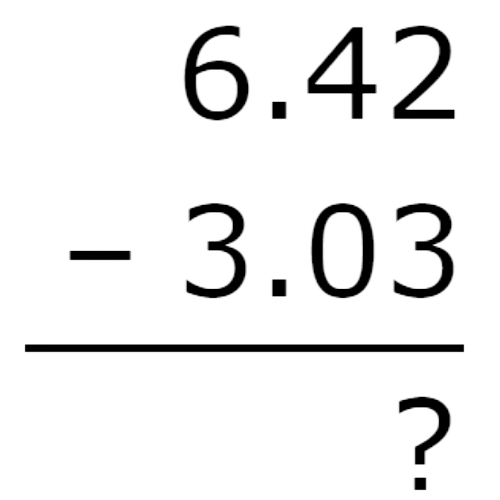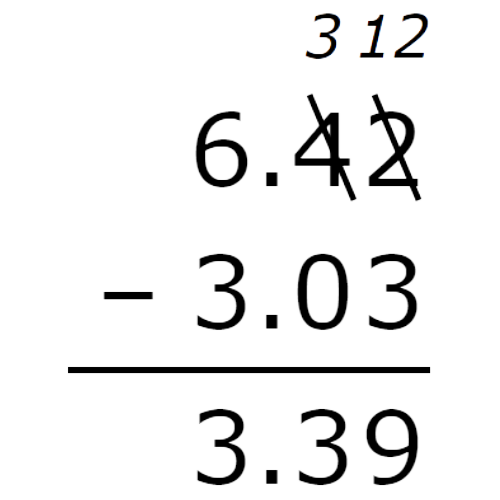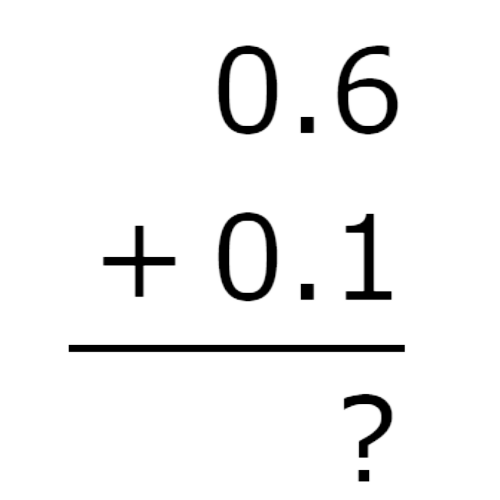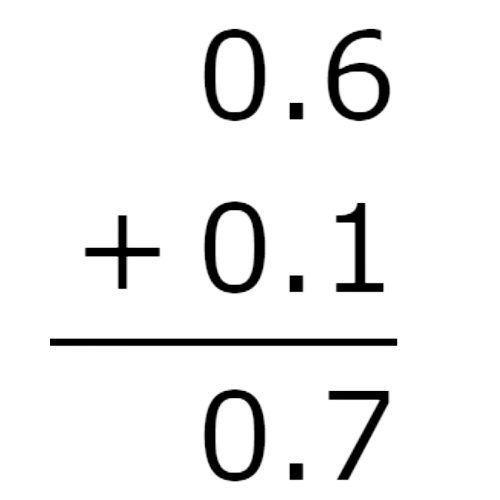Add and subtract decimals
7th E.1 Add And Subtract Decimals by Delta publications
Key Notes:
| Understanding Decimals |
- A decimal number consists of a whole number part and a fractional part separated by a decimal point.
- Example: 12.34 (whole number: 12, fractional part: 0.34).
| Place Value in Decimals |
- Place values to the right of the decimal point are tenths, hundredths, thousandths, etc.
- Example: In 5.678, 5 is the whole number, 6 is in the tenths place, 7 is in the hundredths place, and 8 is in the thousandths place.
| Steps to Add Decimals |
- Step 1: Align the decimal points of the numbers to be added.
- Step 2: Add zeros to make the number of decimal places equal if necessary.
- Step 3: Add as you would whole numbers, starting from the rightmost digit.
- Step 4: Place the decimal point in the sum directly below the decimal points of the numbers.
- Example:
12.34+5.678=12.340+5.678=18.018.
| Steps to Subtract Decimals |
- Step 1: Align the decimal points of the numbers to be subtracted.
- Step 2: Add zeros to make the number of decimal places equal if necessary.
- Step 3: Subtract as you would whole numbers, starting from the rightmost digit.
- Step 4: Place the decimal point in the result directly below the decimal points of the numbers.
- Example:
15.6−3.475=15.600−3.475=12.125.
| Key Rules |
- Always line up the decimal points when adding or subtracting decimals.
- Fill in missing places with zeros to avoid confusion.
- Double-check the placement of the decimal point in the final answer.
| Practical Applications |
- Money: Adding or subtracting prices or amounts (e.g., $23.45+$6.78=$30.23).
- Measurements: Calculating lengths, weights, or volumes in decimal form (e.g., 12.5 cm+8.75 cm=21.25 cm).
| Common Mistakes to Avoid |
- Misaligning decimal points.
- Forgetting to fill in missing digits with zeros.
- Incorrect placement of the decimal point in the answer.
| Practice Problems |
- Add: 7.32+0.568
- Subtract: 9.004−2.78
- Solve real-life problems involving adding and subtracting decimals.
Learn with an example
▶️ Subtract.

Remember to line up the decimal points.

Subtract as you would subtract whole numbers. Remember to write the decimal point in the answer.

The difference is 3.39.
▶️ Add.

Remember to line up the decimal points.

Add as you would add whole numbers. Remember to write the decimal point in the answer.

The sum is 0.7.
🔥Subtract.
92 . 4 – 52 . 6 =
Remember to line up the decimal points.

Subtract as you would subtract whole numbers. Remember to write the decimal point in the answer.

The difference is 39.8.
Let’s practice!

